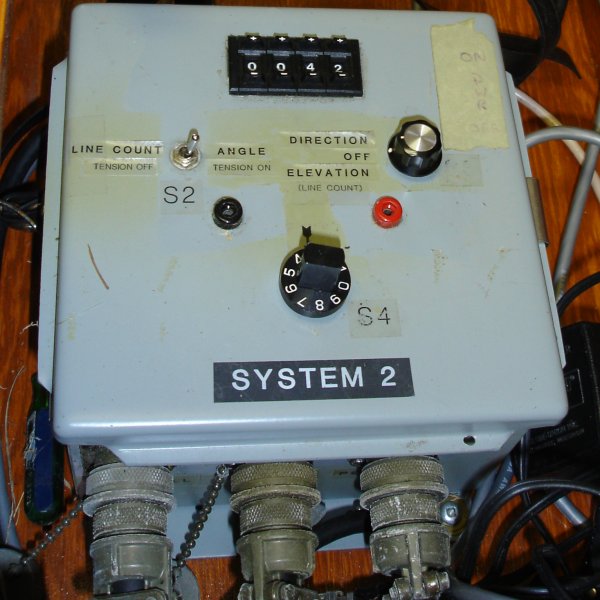My dad called yesterday, asking, “Wind turbines do run for more than 25% of the time, don’t they?”. Seems he read an opinion piece in his favourite fair ‘n’ balanced rag (The Telegraph) that said that wind turbines only run 25% of the time.
I see this factoid popping up more and more from the anti-wind crowd. It’s a particularly difficult one to refute in the press, as by the time you’ve tried to explain the difference between capacity factor and operation time, you’ve lost them. Or gone over your allotted time/word count, at least.
I’ve got a year’s production data from WindShare/Toronto Hydro‘s turbine in front of me. It’s on a marginal site, one that probably wouldn’t be developed by a commercial entity. So, does it run for more than 25% of the time?
Yes; the turbine is generating 63% of the time. I’ve defined generating as providing a net export of power to the grid. Our turbine’s a bit more cranky than most, and I have a suspicion that our metering system is dropping some production, but even so, 63% is way more than the claimed 25%. So it gives me great pleasure to say:
MYTH: Wind turbines only run for 25% of the time.
BUSTED! Wind turbines run at the very least 60% of the time, usually more.
(I can’t guarantee that Country Guardian won’t quote me out of context. I could make a cheap shot about not blaming them for their paymasters in the nuclear industry requiring value for money, but I won’t …)

